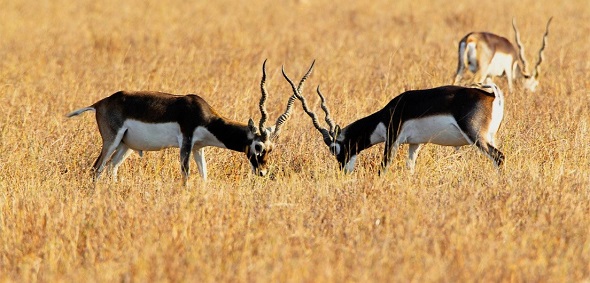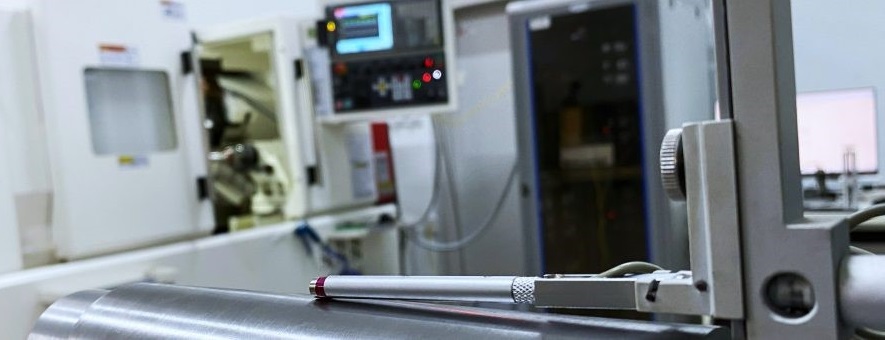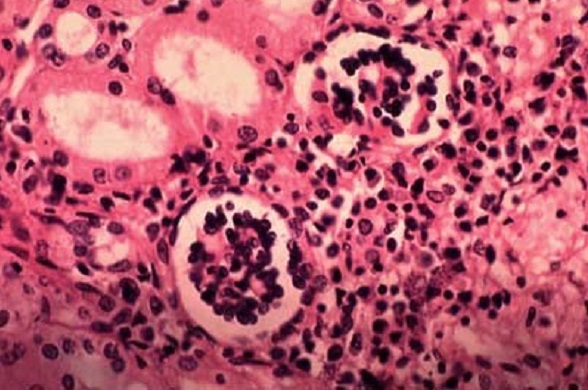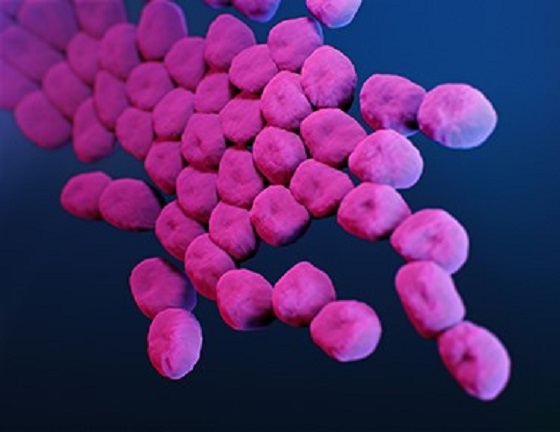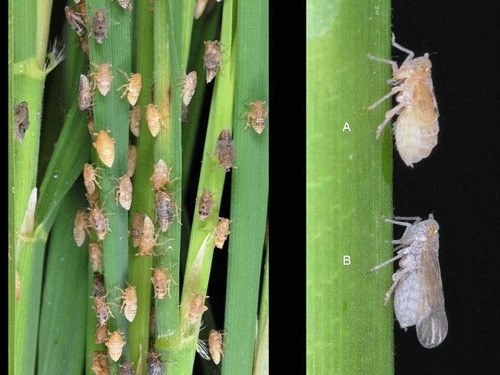
Brown planthopper (BPH; Nilaparvata lugens) is one of Asia’s most destructive insect pests, causing considerable yield and economic losses. Researchers from the Tamil Nadu Agricultural University (TNAU), Coimbatore and Indian Farmers Fertilizers Cooperative Limited, Coimbatore, have studied brown planthopper (BPH) infestation in rice plants at various temperature regimes.
Brown planthopper pests eventually cause ‘hopper burn’ by draining sap from the xylem and phloem tissues. Also, they indirectly damage the crop by causing viral diseases such as the ragged stunt virus and the grassy stunt virus disease.
The researchers conducted an experiment in the Environmental Control Chamber of the TNAU. The field spectroradiometer and vegetation indices were used to study the early and late infestations of BPH in rice. The results revealed that reflectance at specific wavelengths (550, 670 and 700 nm) indicates plant stress.
Brown planthopper (BPH; Nilaparvata lugens) is one of Asia’s most destructive insect pests, causing considerable yield and economic losses. Researchers from the Tamil Nadu Agricultural University (TNAU), Coimbatore and Indian Farmers Fertilizers Cooperative Limited, Coimbatore, have studied brown planthopper (BPH) infestation in rice plants at various temperature regimes.
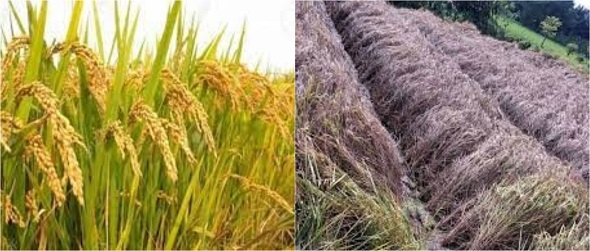
Rice field affected by Hopper Burn
Faced with climate change, farmers need improved biological control agents, climate-resilient agricultural techniques, and new technological innovations such as pest modelling and remote sensing for early detection and pest forewarning.
The team studied the response of temperature on BPH infestation in a controlled chamber at five constant temperatures (15°C, 20°C, 25°C, 30°C and 35°C). The susceptible rice variety (TN1) was chosen and grown under field conditions in the Paddy Breeding Station, TNAU. The researchers also conducted spectral assessments on the plants after their infestation with BPH.
“BPH infestation in rice at different temperature levels revealed that at lower temperatures, the appearance of symptoms is delayed during the early days, similar to healthy plants. At higher temperatures, symptoms appear as early as the fifth day, based on the derived spectral indices. It indicates that as the temperature increases, the pest-feeding behaviour also increases. Rapid infestation occurs between 30°C and 35°C, in which more than 50% of the damage occurs from the fifth to the tenth day,” the researchers explain.
Hyperspectral remote sensing captures images in multiple wavelengths and is widely used to detect plant stress in agriculture. The methodology adopted by the research team comprising S. Sivaranjani, V. Geethalakshmi, S. Pazhanivelan, J. S. Kennedy, S. P. Ramanathan, R. Gowtham, and K. Pugazenthi could help detect BPH infestation in rice and provide smallholder farmers with effective pest management.
The study has been published in the Current Science. It was funded by the Department of Science and Technology, Government of India.
India Science Wire
ISW/SM/TNAU/Brown Planthopper/Eng/30/05/2023
